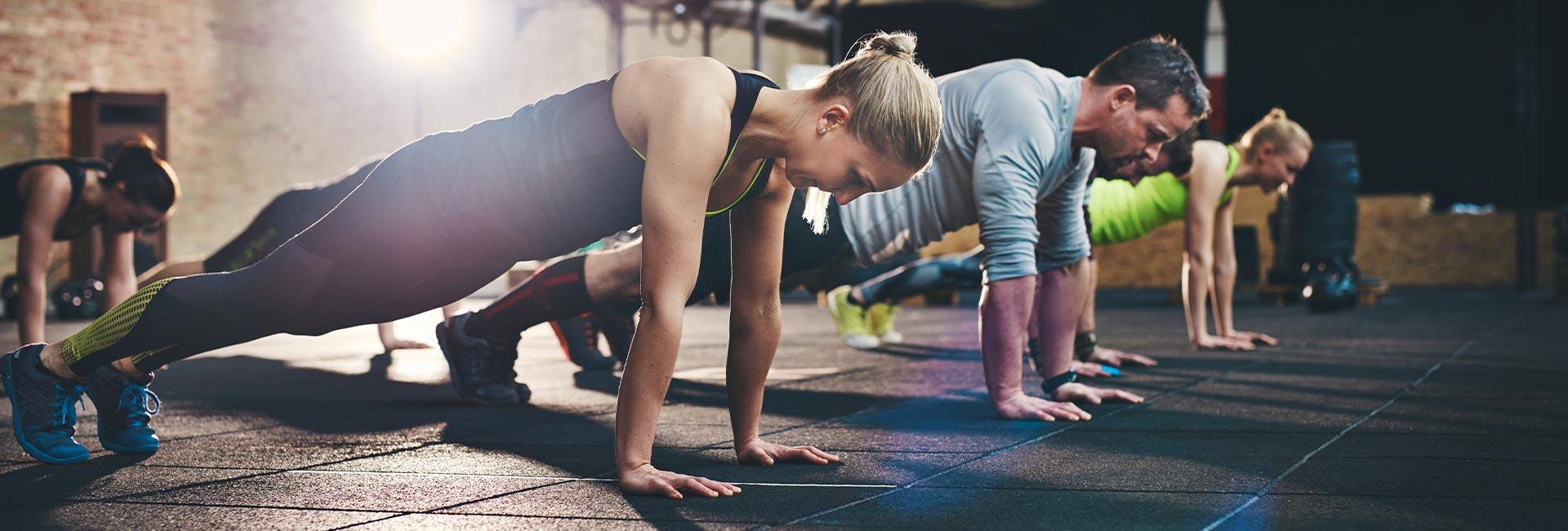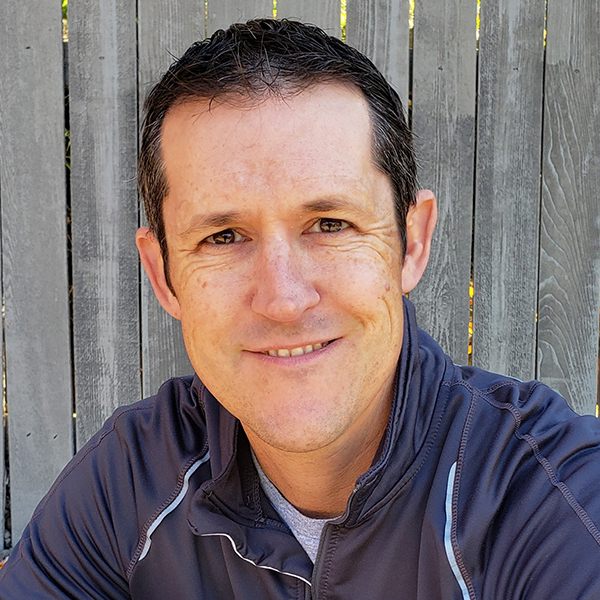Pushups are one of the oldest and simplest exercises to perform. No equipment is needed, you can perform them virtually anywhere, and you target multiple muscle groups at the same time — from chest to core to shoulders. This exercise has stood the test of time. Pushups can also be one of the most variable exercises: from wide to narrow, inclined or declined, hands staggered, plyometric, and even one arm, just like Rocky Balboa.
Like with any exercise, form plays a factor in achieving the desired outcomes – both for targeting the proper muscle groups, and for injury prevention. With pushups, two joints are susceptible to injury — the wrist and the shoulder. We will focus on shoulder health and pushups today.
Why is the shoulder susceptible to being injured when performing pushups?
The shoulder is ball and socket joint. Unlike the hip, however, where the ball fits into the socket, the shoulder is opposite, with a large ball and a small socket — picture a golf ball sitting on a tee, where the top of the tee represents the joint surface.
This creates a wide range of motion (ROM) with small muscles (rotator cuff) controlling the joint throughout. The result is that the shoulder requires a lot of stability and control as it moves. This, combined with the way pushups load the joint with compression through the arms from the surface you are pressing up and away from, makes proper form and body mechanics essential for preventing injury. Furthermore, improper technique or overexertion during pushups can increase the risk of injury to the shoulder including strains, impingement, or even more severe conditions such as rotator cuff tears.

Understanding and implementing proper pushup form can help you avoid pain with pushups and will ensure you maintain shoulder health. If you are experiencing shoulder pain during or after push-ups, here are some questions to consider as you seek to understand what is contributing to your discomfort.
- What are your elbows doing?
To minimize loading to shoulders, your elbows should flare out at a diagonal angle, approximately 45 degrees. Flaring too far out puts undue stress on the shoulder, especially the anterior portion.
- How are your hands positioned?
There are lots of varying hand positions you can utilize with pushups, which makes it a great exercise, but you must have the proper strength and form to perform these variations with benefits.
Make sure your hands are not too far forward. Setting up with your hands directly under your shoulders minimizes undue stress on the shoulder joint and allows for proper stabilization.
Make sure your hands are not too far apart. Wide pushups can also be too straining on the anterior part of the shoulder, especially if you are not strong enough to maintain this position with good form and technique. Again, start with the hands directly under the shoulders.
- Are you mobile enough?
If you have tightness in the chest, back, or shoulders, then your ROM will be compromised, and as a result, your shoulders will be overloaded, leading to pain. Can you reach behind your back and touch the bottom of the opposite shoulder blade? If not, then mobility work would be indicated for your shoulders.
5 tips for preventing shoulder discomfort with pushups.
- Strengthen
Pushups are difficult and you need baseline strength to perform this exercise properly. Strengthening your shoulder with exercises such as rows, bench press, shoulder front and lateral raises, and lateral pulldowns or pullups will help you perform proper pushups.
- Stretch
Stretch tight muscles — focus on stretching the chest (pecs), anterior and posterior shoulders, and lats. (door stretch, cross body, upper trap, foam roller)
- Modify
If a traditional pushup is too difficult, then try these variations — wall pushups, incline pushups or kneeling pushups
- Maintain a flat back
Don’t let your back sag or arch during pushups. Keep your body in a straight line, like a plank. Arching or sagging changes the position of your shoulders and can lead to pain or even injury.
- Focus on quality over quantity
Worry more about good reps than total reps. It doesn’t do you any good to do hundreds of pushups if they are wrong and harmful. Slow and controlled form is what you want to focus on.
If making these modifications do not help you in your exercise routine, reach out to your local physical therapist. They are your movement specialists and can help you get the most out of your exercises.


